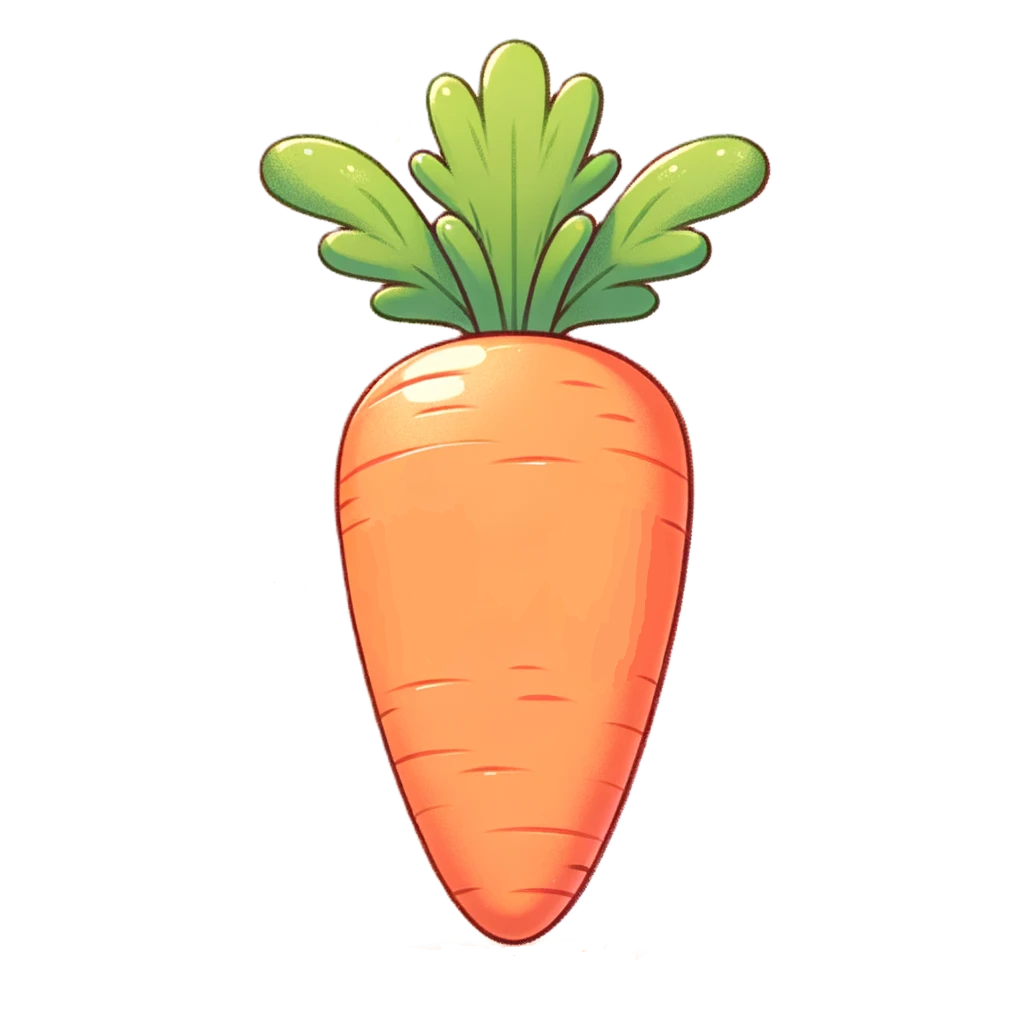
Flemish Giant: The Gentle Giant
Facts at a glance!
Weight: 15 to 22 pounds
Recognized Colors:
- Black
- Blue
- Fawn
- Light Gray
- Sandy
- Steel Gray
- Ruby-eyed White
Introduction
Flemish Giant rabbits, often described as gentle giants, captivate the hearts of rabbit enthusiasts worldwide with their imposing size and docile nature! Originating from Belgium, these magnificent creatures have gained popularity not only as domestic pets but also as show animals and even therapy companions.
In this breed spotlight, we’ll delve into the intriguing world of Flemish Giant rabbits, uncovering their history, characteristics, care requirements, and the joys they bring into the lives of their admirers.
History and Origin
The roots of the Flemish Giant rabbit trace back to the 16th century in Flanders, Belgium. Initially bred for meat and fur, these rabbits were sought after for their impressive size and robustness. Flemish Giants were selectively bred from various large rabbit breeds, including the Patagonian rabbit, to enhance their size and characteristics. Their evolution into the colossal rabbits we recognize today is a testament to the ingenuity of breeders over centuries!
Personality
Despite their imposing size, Flemish Giant rabbits are known for their gentle and placid temperament. They exhibit a calm demeanor and are often described as affectionate and sociable animals. These gentle giants form strong bonds with their human companions and enjoy spending time interacting with them. Whether lounging beside their owners or eagerly hopping around in spacious enclosures, Flemish Giants thrive on companionship and attention.
Due to their docile nature, Flemish Giants are well-suited for households with children and other pets, making them excellent family pets. Their laid-back attitude and friendly disposition contribute to their popularity as therapy animals, providing comfort and companionship to individuals in various settings, including hospitals and retirement homes.
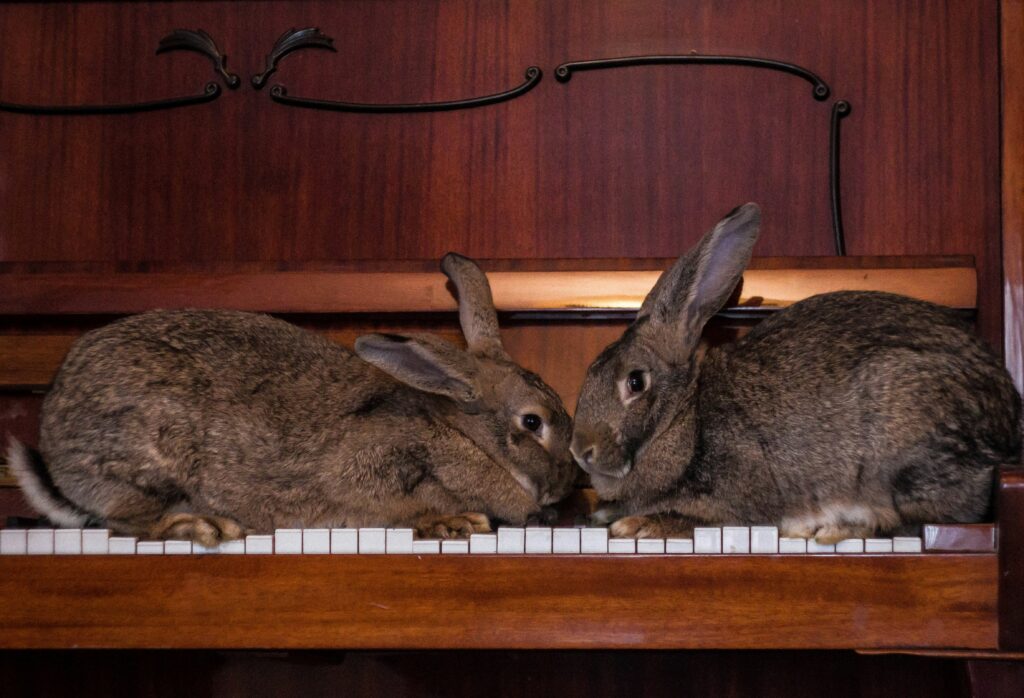
Physical Characteristics
Flemish Giants stand out among other rabbit breeds for their remarkable size and striking appearance. These rabbits are true giants, often weighing between 13 to 22 pounds (5.9 to 9.9 kilograms), with some exceptional specimens even surpassing these averages. They boast long, powerful bodies, with broad heads, muscular shoulders, and thick, sturdy legs. Despite their imposing size, Flemish Giants exhibit a graceful and elegant demeanor, adding to their allure.
One of the most distinctive features of Flemish Giants is their luxurious coat, which comes in a variety of colors, including sandy, gray, white, black, and blue. Additionally, these rabbits possess large, upright ears that add to their regal appearance and serve as excellent heat regulators, aiding in thermoregulation.
Care and Maintenance
Caring for a Flemish Giant rabbit involves providing an environment that meets both their physical and mental needs. Here are some essential care requirements to keep in mind:
Housing: Flemish Giant rabbits can be housed indoors or outdoors, depending on climate and preference. Indoors, they should have a spacious cage or enclosure that allows them to move around comfortably. Ensure that your enclosure has a solid floor component such as a carpet square for your rabbit to rest on, lowering the risk of sore hocks. Outdoor enclosures should be secure and protected from predators, with adequate shelter from the elements.
Diet: A balanced diet is crucial for the health and well-being of Flemish Giant rabbits. Their diet should consist primarily of high-quality hay, such as Timothy hay, supplemented high quality rabbit pellets and fresh vegetables in small amounts. Fresh water should be available at all times, provided in a clean water bottle or dish.
Grooming: Flemish Giant rabbits do not require much grooming compared to other breeds such as Angoras, but regular grooming can help to foster bonding with your rabbit! Brushing them gently with a soft-bristled brush a few times a week can help remove loose fur. Additionally, you should be sure to trim their toenails regularly, every 1 to 2 months. Check out our nail trimming guide here if you are new to trimming toenails!
Exercise: Like all rabbits, Flemish Giants are active animals that require regular exercise to stay healthy and happy. Their larger than average size makes it all the more difficult for them to satisfy their exercise needs in a cage. Providing opportunities for daily exercise outside of their enclosure is essential. This can include supervised playtime in a rabbit-proofed area of the home or a secure outdoor space.
Veterinary Care: Regular veterinary check-ups are great for monitoring the health of Flemish Giant rabbits and addressing any potential medical issues promptly. They will also be able to provide any necessary vaccinations or spay/neuters.
Health Considerations
Flemish Giants are generally very healthy, avoiding many of the genetic conditions that can cause issues for other breeds. Even so, there are still some general health considerations to keep in mind:
- Sore Hocks: Giant rabbit breeds such as the Flemish Giant can be susceptible to a condition known as sore hocks because of the greater amount of weight they put on their feet. This is when the bottoms of a rabbit’s feet become sore and inflamed. These sore feet can lose fur (exacerbating the problem), begin to bleed, and can become infected. A predisposition to sore hocks can be genetic, but it is most commonly seen when a rabbit spends a great deal of time resting on a wire cage bottom, or to a lesser extent when a rabbit often rests on a solid, hard surface.
- Gastrointestinal Stasis: This condition occurs when a rabbit’s digestive system slows down or stops functioning properly, often due to poor diet, lack of exercise, or stress. Signs include reduced appetite, lethargy, and decreased fecal output. Prompt veterinary attention is crucial to prevent complications.
- Obesity: Flemish Giant rabbits can become overweight if overfed or given too many high-calorie treats. Monitor their diet closely and ensure they receive regular exercise to maintain a healthy weight!
- Respiratory Issues: Like all rabbits, Flemish Giants are susceptible to respiratory infections, especially if kept in damp or poorly ventilated environments. Keep their living area clean and dry and seek veterinary care if you notice signs of respiratory distress such as sneezing or labored breathing.
Conclusion
Flemish Giant rabbits captivate their admirers with their imposing size, gentle demeanor, and striking presence. From their humble beginnings in Belgian farms to their widespread popularity as beloved pets and show animals, these gentle giants have carved a special place in the hearts of rabbit enthusiasts around the globe!
Whether you are looking for a giant sized show rabbit, or a companion rabbit that is larger than most cats, the Flemish Giant is a great option and just might be the right choice for you!
Looking for Similar Breeds?
Check these out!

giant chinchilla
Giant Chinchillas are 12-16lb. rabbits that are only available in one color.
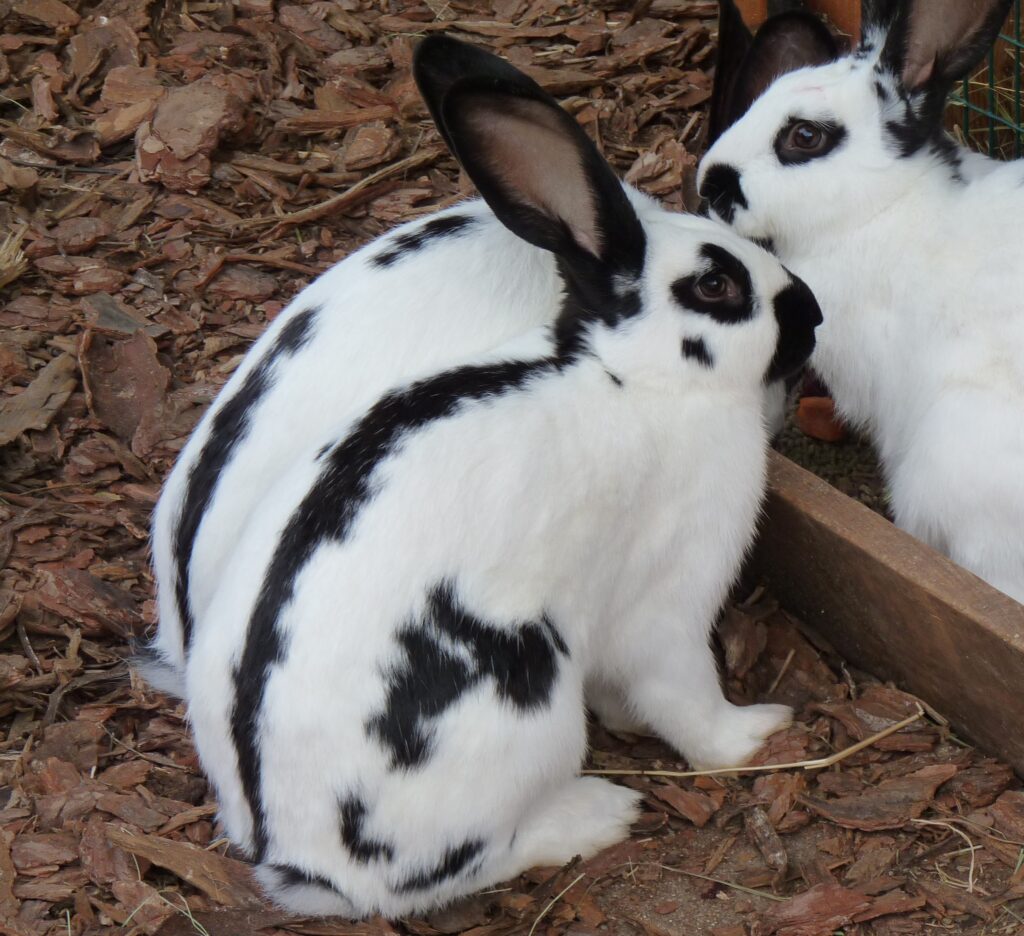
checkered giant
Checkered Giants are similarly large rabbits, weighing in at 12+lbs. They are available in broken black and broken blue.
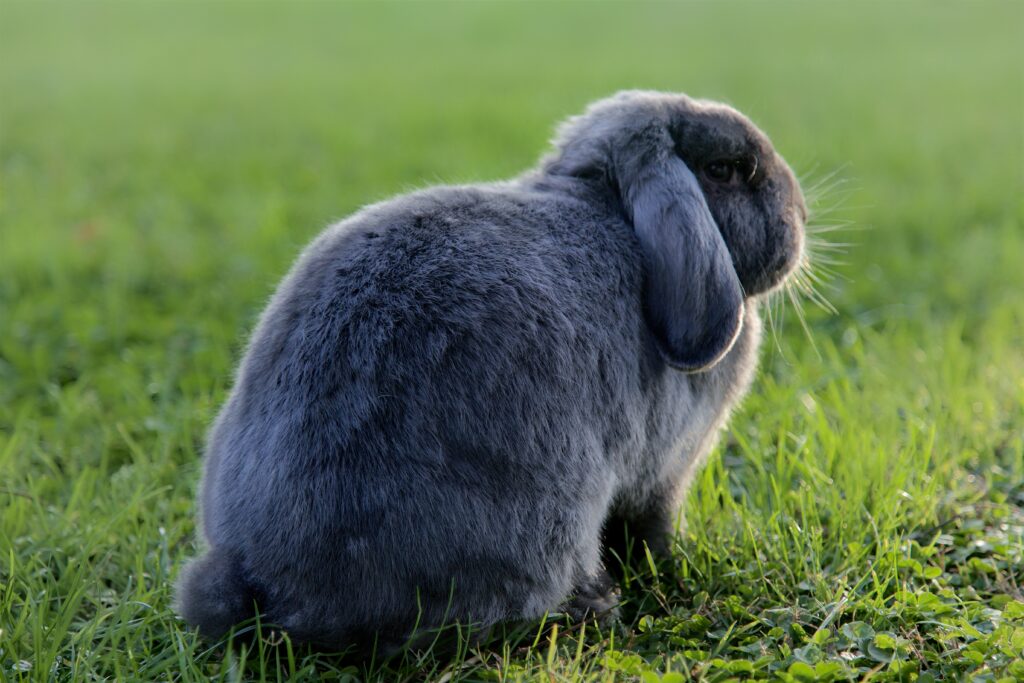
french lop
French Lops are on average 10-15lbs. and are available in a variety of colors.
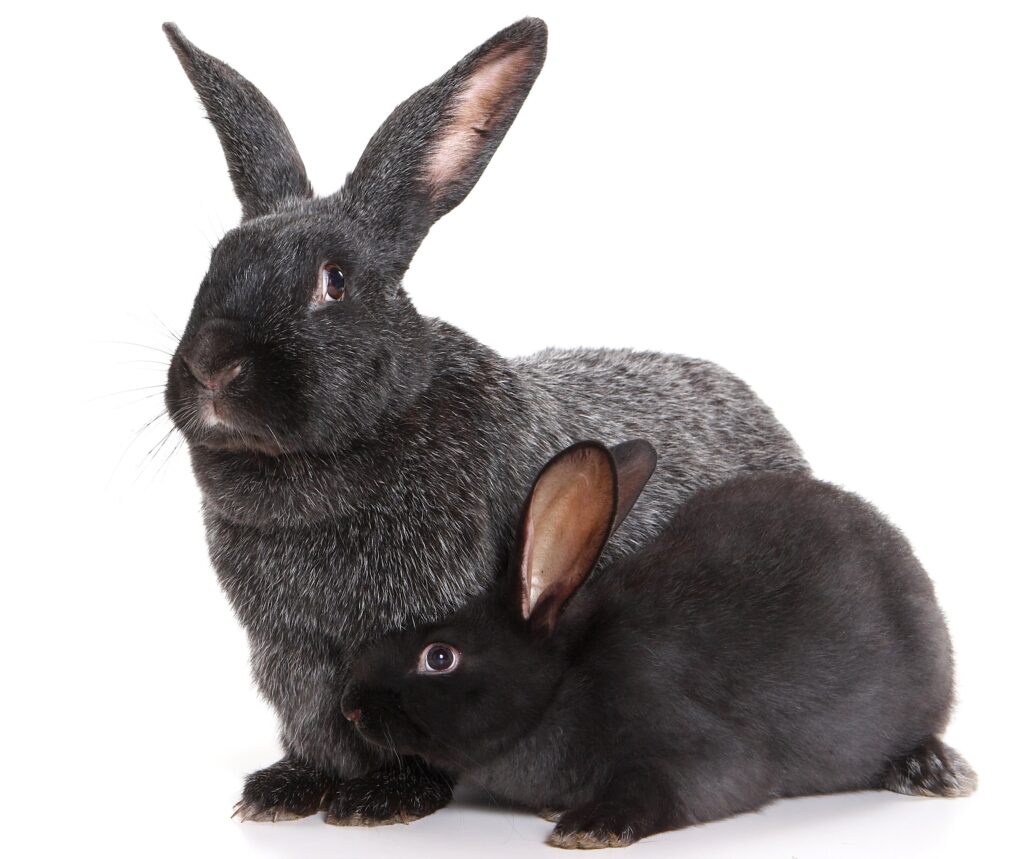
silver fox
Silver fox are 11-12lb. rabbits available in blue and black, with silver ticking.
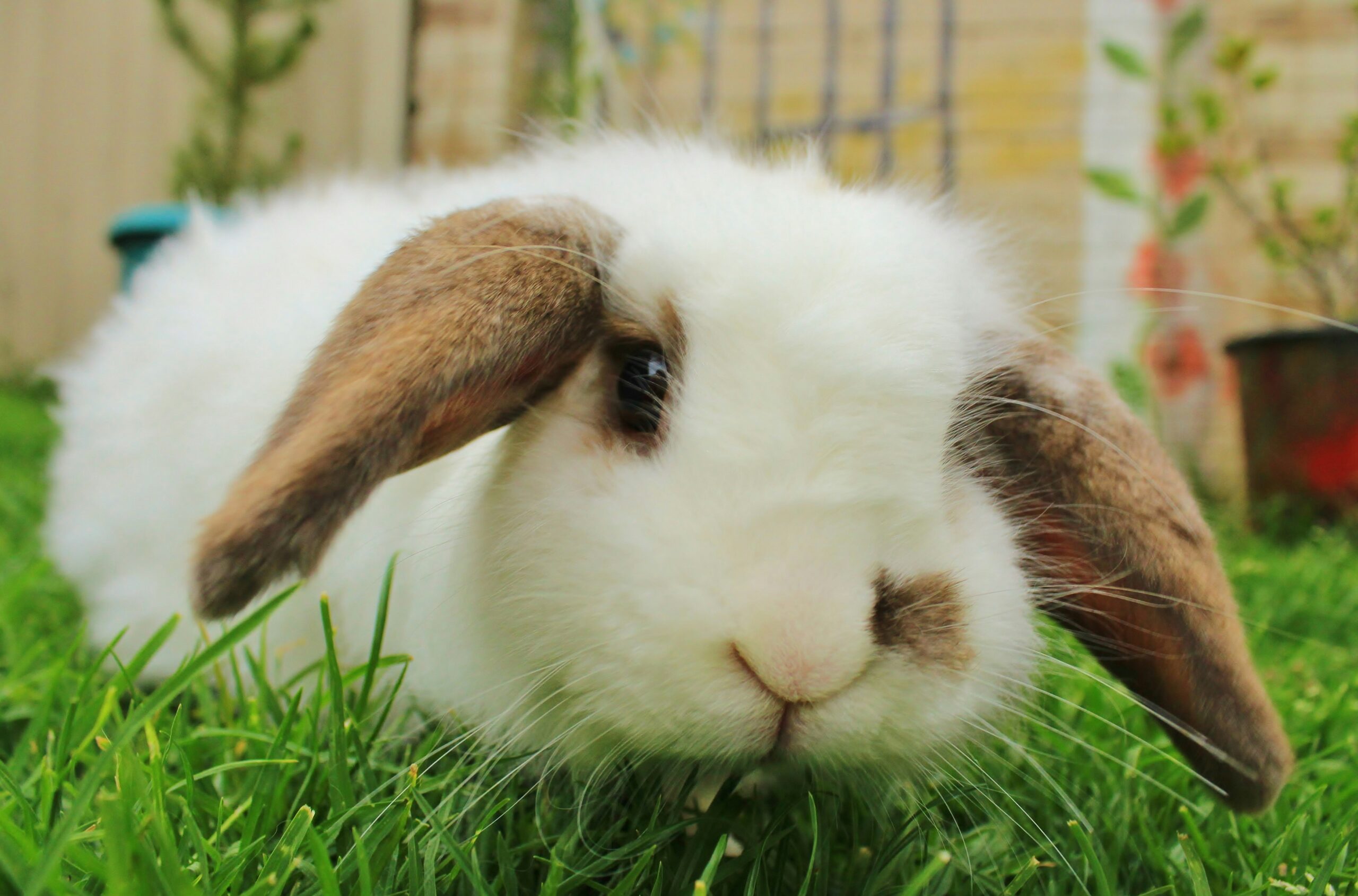
Royal Lop Retreat

Bounding Bunny Barns
See a Picture Missing?
Here at Hutch Happiness we want to showcase YOUR rabbits! If you have a photo of a rabbit you would like to share, reach out to me at Emily@hutchhappiness.com. Along with your rabbit photo we are happy to provide a link to your rabbitry website if available.
